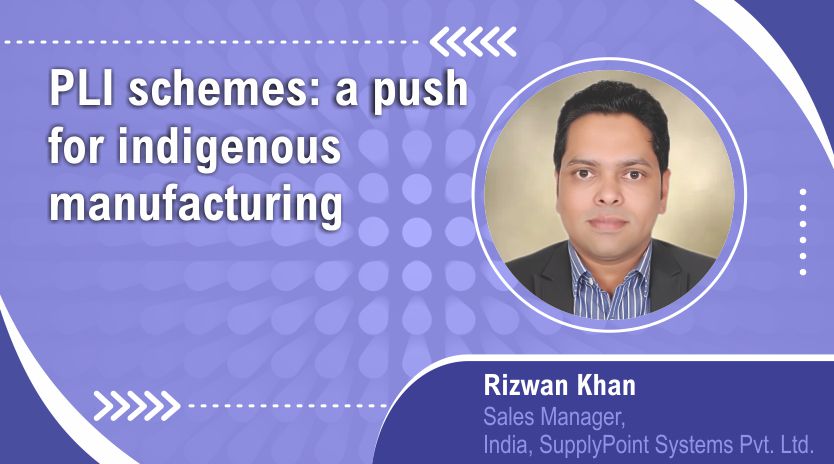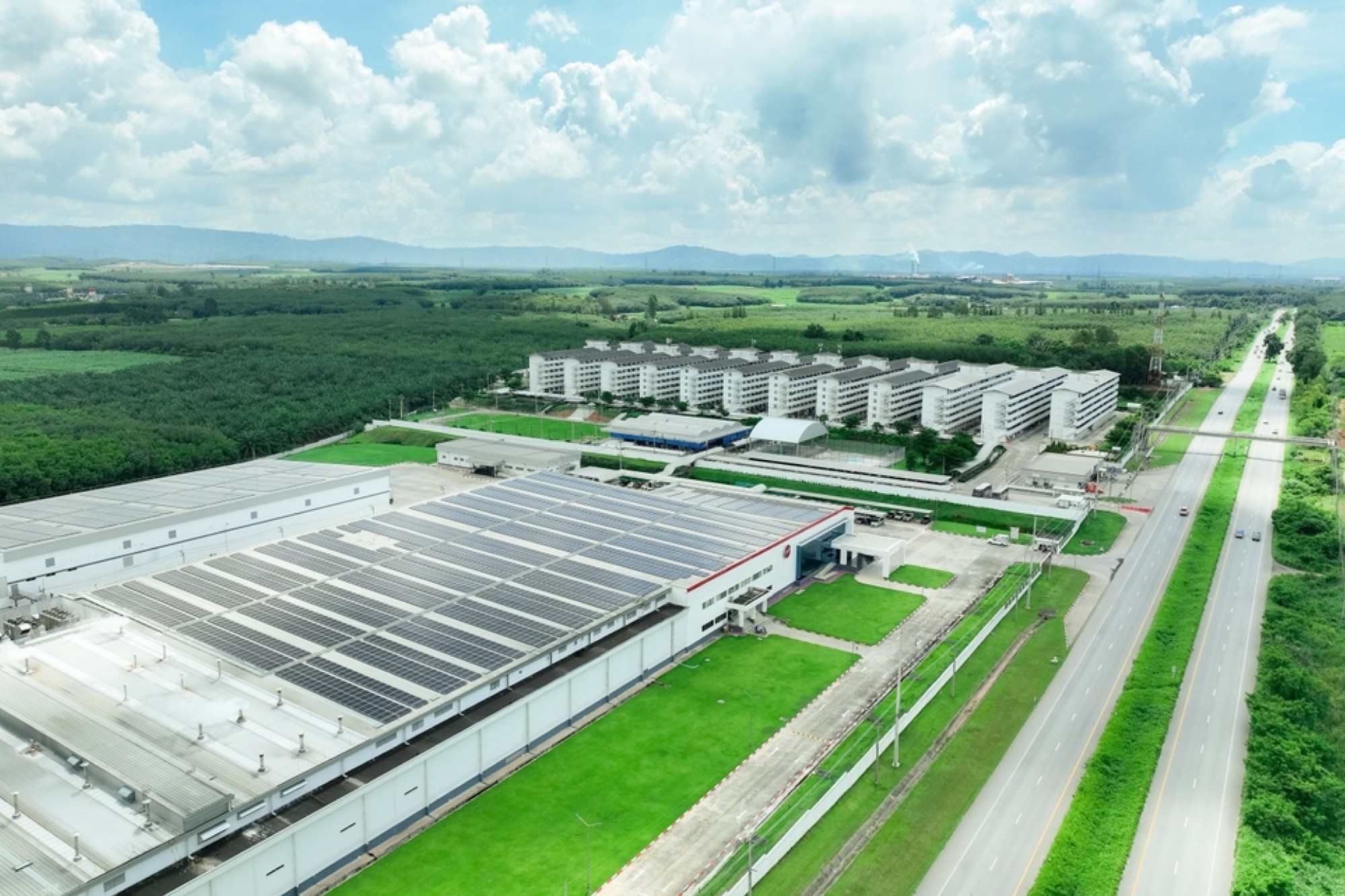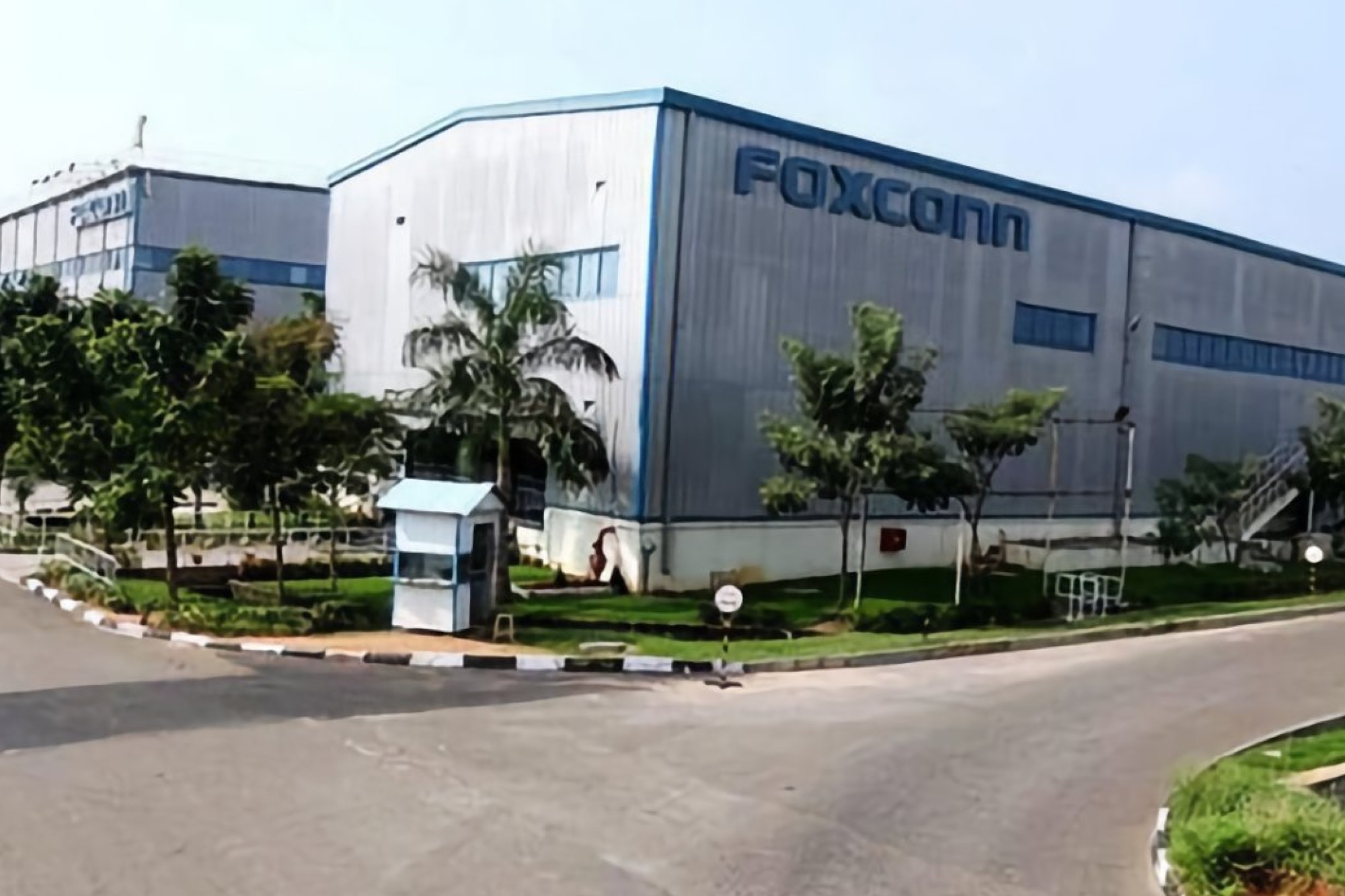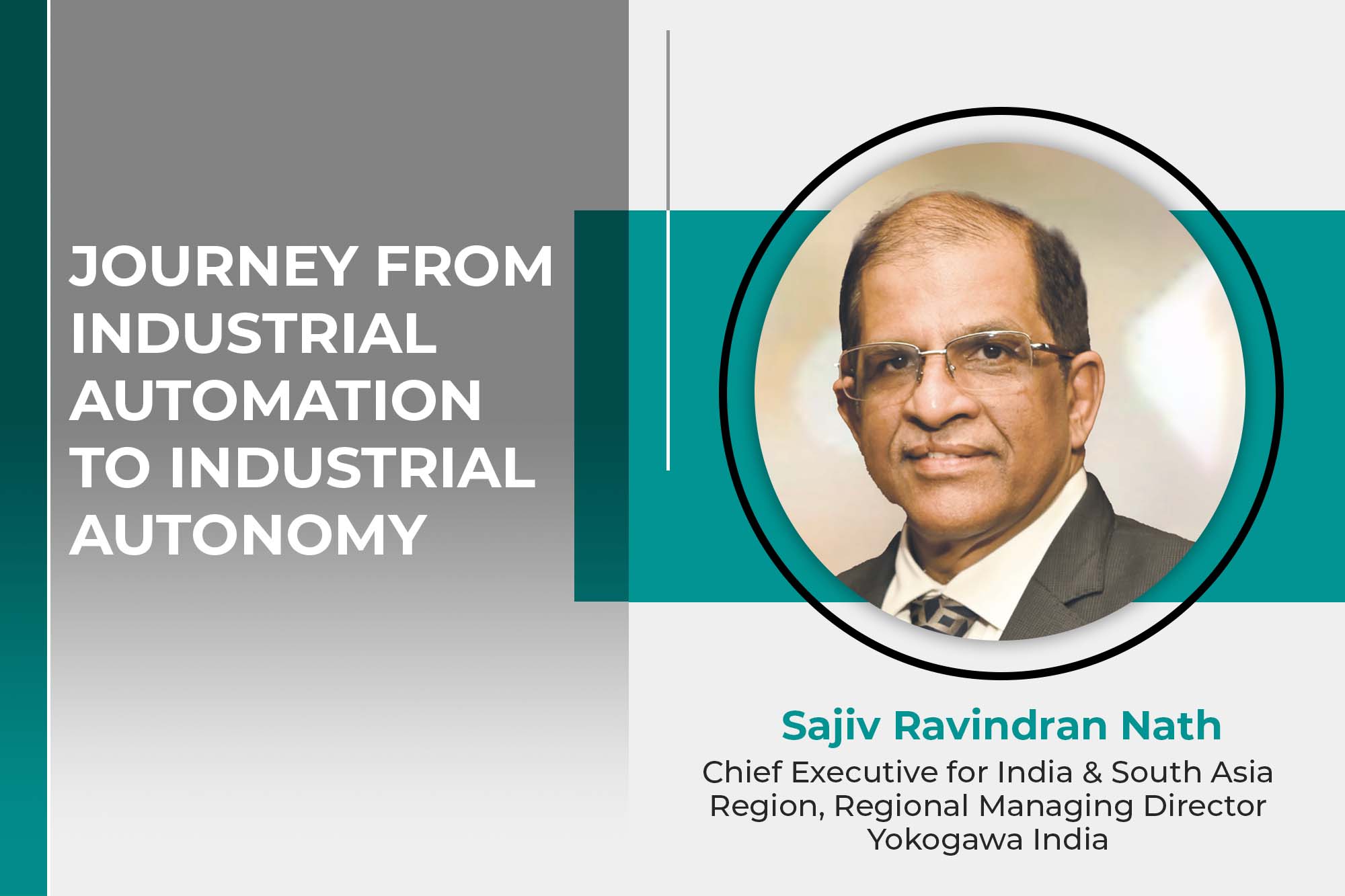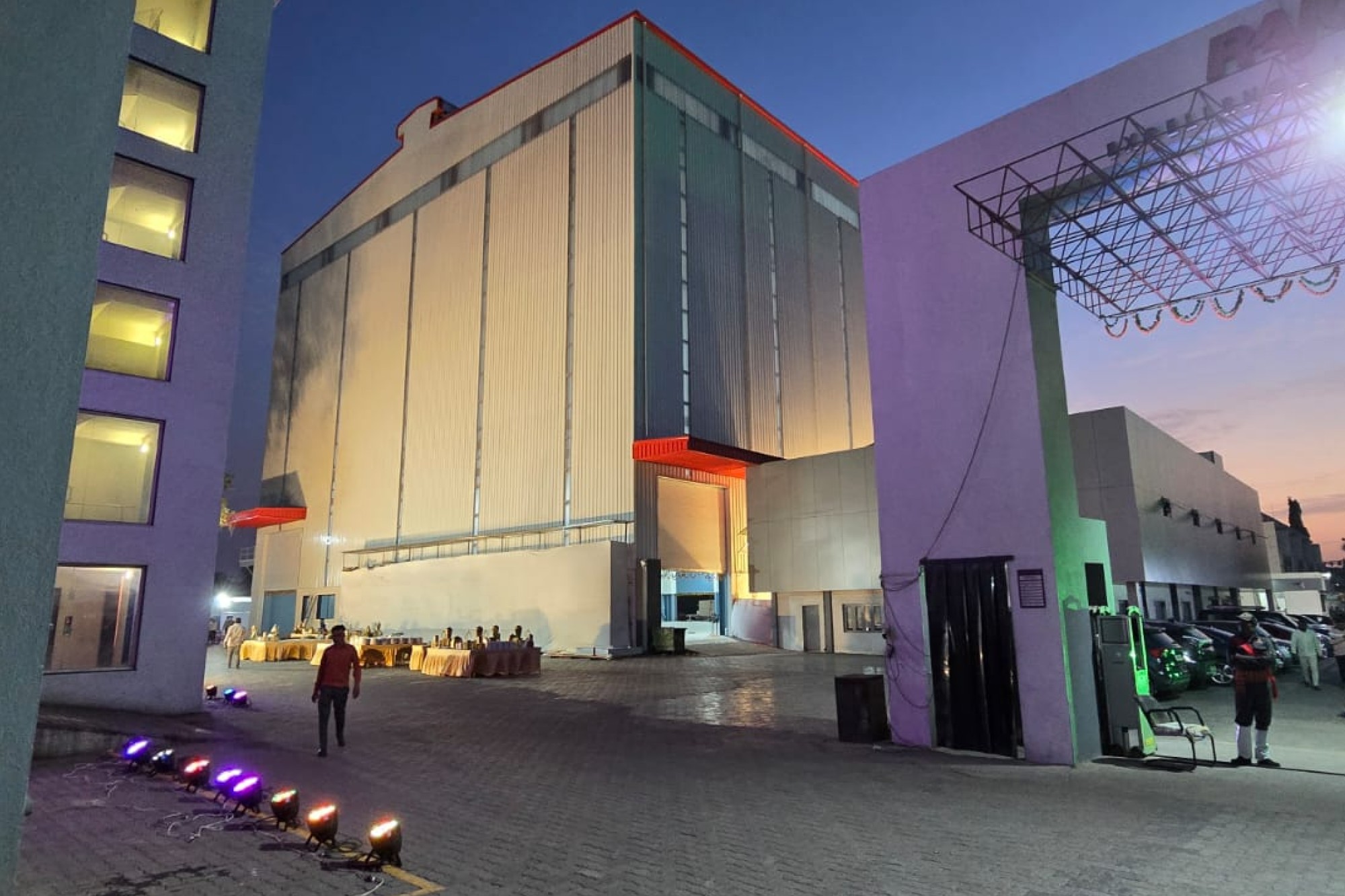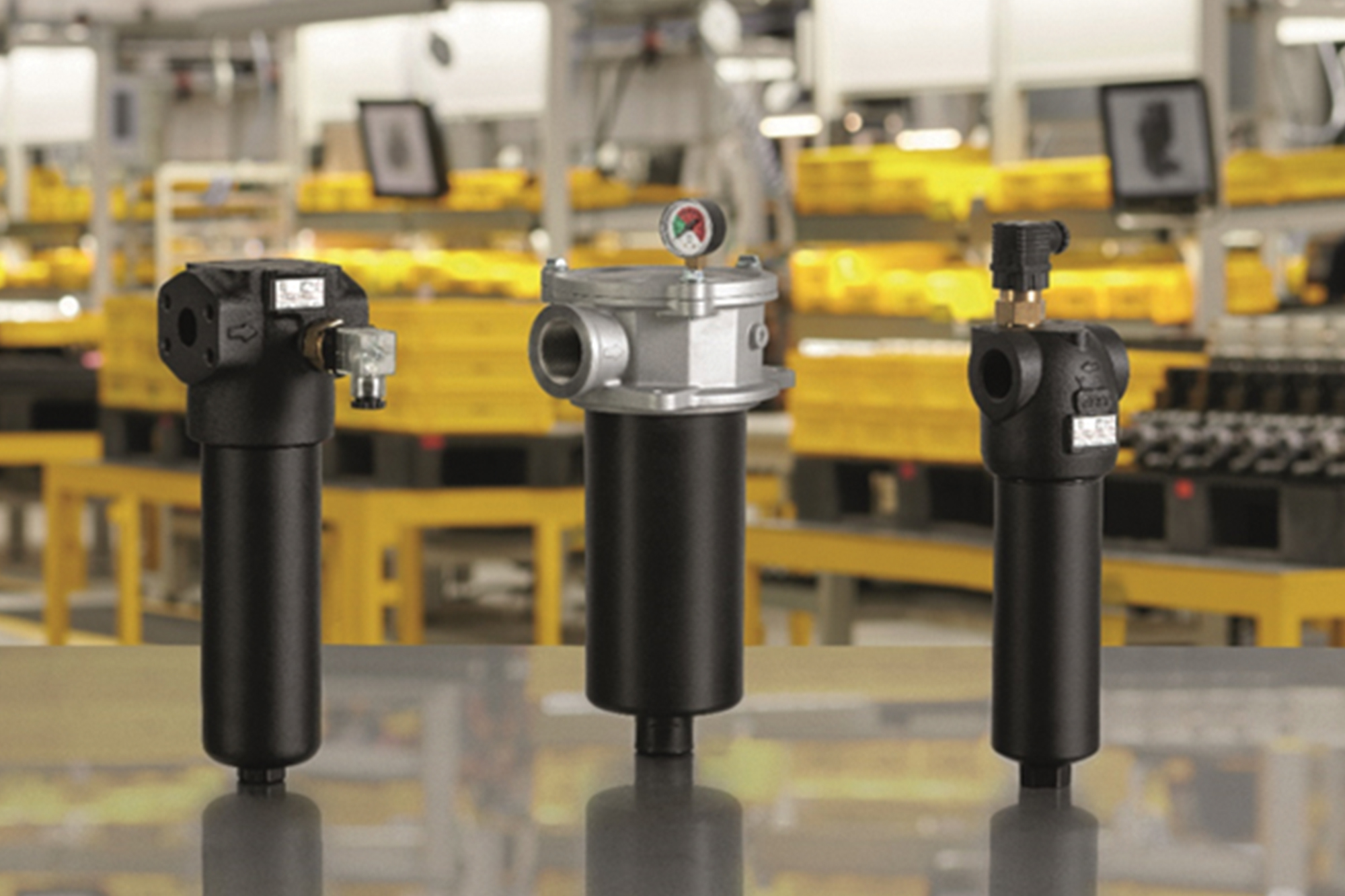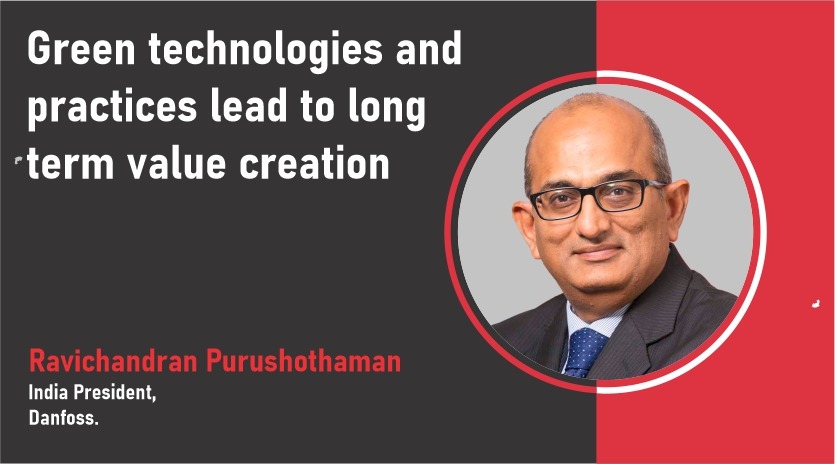PLI schemes: a push for indigenous manufacturing
By OEM Update Editorial June 9, 2022 6:54 pm IST
As digital era progresses further we can see the Metrology and measuring devices going more into digital transformation.
Talking about PLI schemes, while speaking with OEM Update Rizwan Khan, Sales Manager, SupplyPoint Systems, states the scheme brings improvements in industrial infrastructure, benefiting the overall supply chain ecosystem.
SupplyPoint products and solutions.
With 30 years of establishment and operations in 40 countries across the globe and 56,000 plus installations, SupplyPoint Systems looks forward to further penetrate in the Indian customers to manage, optimize and have better control on the inventory. Items like Cutting Tools, Spares, Quality stock, and others when not managed properly often associated with unforeseen downtime that impacts the overhead costs.
Manufacturing with Industry 4.0/ 5.0 to optimize production in present times of digital adoption
There is a high risk of stock items having a deteriorating consumption value (total value of items/total time taken for them to be used). We have helped many customers to map, monitor and dispense the right stock allocated for the respective Job, machine and operator with shell life tracking and more features. Reducing repeat failures, wastage of tools and time on the machines is best possible with SupplyPoint software that can capture ‘Tool Fail’ reasons and support Production with corrective actions. Digital data analytics with data management on our software will definitely give an efficient measure to have better accountability, accessibility, availability and control on tools, consumption, stock availability,
Growth of digital manufacturing of metrology products and measurement machinesAs digital era progresses further we can see the Metrology and measuring devices going more into digital transformation, where the primary tasks lies in capturing the real time values at the interface between the job and probes.
How can PLI help in boosting manufacturing output, to surpass domestic demand enough to export?
Since the incentives are directly proportional to production capacity/ incremental turnover, it is expected that investors will be compelled to create large-scale manufacturing facilities. Furthermore, it is also expected to bring improvements in industrial infrastructure, benefiting the overall supply chain ecosystem. PLI schemes intend to plug the gap between the highly skewed Indian import- export basket, which is mainly characterized by heavy imports of raw materials and finished goods. The PLI schemes are intended to enable domestic manufacture of goods, thereby causing a reduction in reliance on imports in the short term and expanding quantum of exports from India over long term.
Aim of the government to introduce PLI outlay as incentive to aid manufacturing
Through their implementation, it is hoped that economies of scale are created so that domestic manufacturing becomes competitive in India. The resultant benefits include job creation, export capabilities, and lessening the import dependency – particularly in critical sectors and high-tech goods. It is envisaged that India’s total industrial production will increase by over US$520 billion during the period covering PLI policy implementation. Additionally, the government is also working on reducing compliance burden, improving the ease of doing business, creating multi-modal infrastructure to reduce logistics costs, and constructing district-level export hubs.
Cookie Consent
We use cookies to personalize your experience. By continuing to visit this website you agree to our Terms & Conditions, Privacy Policy and Cookie Policy.



